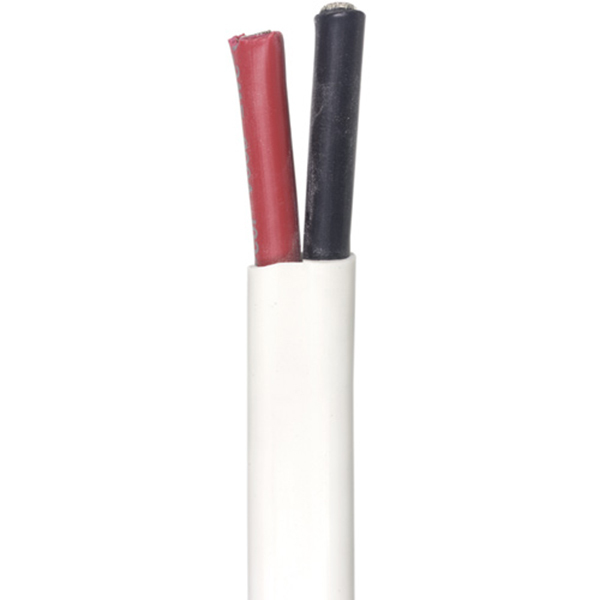mraz72
Jetboaters Commander
- Messages
- 823
- Reaction score
- 310
- Points
- 177
- Location
- Rochester, NY
- Boat Make
- Yamaha
- Year
- 2016
- Boat Model
- 242X E-Series
- Boat Length
- 24
I am in the process of adding some electronics and I think a first good step would be a fuse block at the helm.
I'm unsure of sizing of cables and the block itself.
For example, How do I know the fuse block can handle my garmin a USB charger and a few sets of lights etc?
For example a blue seas block I am looking at has this in the info
"Max Amps: 100A per block, 30A per circuit, Max Volts: 32V DC,"
So, an individual item can only emit 30A max and the block handles a total of 100A. Is that something that is listed on each device, garmin chartplotter = 15A, USB charger = 2.5A etc? I'm not sure about the 32V DC, I have 2 batteries at 12V DC each.
Then I assume I should look for a cable that can handle the MAX the block can handle, so I need POS and NEG cables that handle 100A routed back to the batter?
I'm unsure of sizing of cables and the block itself.
For example, How do I know the fuse block can handle my garmin a USB charger and a few sets of lights etc?
For example a blue seas block I am looking at has this in the info
"Max Amps: 100A per block, 30A per circuit, Max Volts: 32V DC,"
So, an individual item can only emit 30A max and the block handles a total of 100A. Is that something that is listed on each device, garmin chartplotter = 15A, USB charger = 2.5A etc? I'm not sure about the 32V DC, I have 2 batteries at 12V DC each.
Then I assume I should look for a cable that can handle the MAX the block can handle, so I need POS and NEG cables that handle 100A routed back to the batter?


